Tag: treatment

ED Management of Smoke Inhalation Injury in Adults
When treating patients who have suffered injury in a fire, managing their airway is as critical as treating their burns. Following on the February 2018 issue on Thermal Burns, this issue reviews strategies for diagnosing... read more
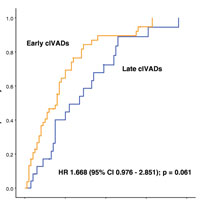
Impact of timing of continuous intravenous anesthetic drug treatment on outcome in refractory status epilepticus
Patients with refractory status epilepticus (RSE) treated with continuous intravenous anesthetic drugs (cIVADs) may benefit from early initiation of such therapy. When cIVADs are applied in RSE, prescribing them early... read more
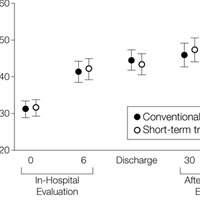
Short-term vs. Conventional Glucocorticoid Therapy in Acute Exacerbations of COPD
In patients presenting to the emergency department with acute exacerbations of Chronic Obstructive Pulmonary Disease (COPD), 5-day treatment with systemic glucocorticoids was noninferior to 14-day treatment with regard to... read more

Effect of Organisational Factors on the Variation in Incidence of Delirium in ICU Patients
The mean incidence of delirium in the ICU was 29%. The organisational factors found including methods of delirium assessment, screening frequency, and hospital type were not related to the reported ICU delirium incidence. A... read more

Early Detection and Monitoring of Cerebral Ischemia Using Calcium-Responsive MRI Probes
The duration of cerebral ischemia is a key factor in determining the severity of brain damage and the course of action. Thus, an accurate and timely observation of the ischemic process is highly critical. Here we present... read more
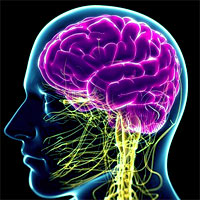
Interventions for Preventing Critical Illness Polyneuropathy and Critical Illness Myopathy
There is moderate quality evidence from two large trials that intensive insulin therapy reduces CIP/CIM, and high quality evidence that it reduces duration of mechanical ventilation, ICU stay and 180-day mortality, at the... read more
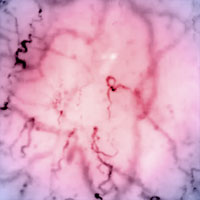
Assessment of Microcirculation in Cardiogenic Shock
The parameter most frequently used to detect tissue malperfusion is serum lactate. Novel, noninvasive methods to quantify microvascular perfusion have the potential to guide treatment in terms of optimizing organ perfusion... read more

Primary Management of Polytrauma
This well-illustrated book describes a practical approach to the primary management of patients who have multiple injuries, or polytrauma, with the aim of providing medical and paramedical personnel with the knowledge required... read more
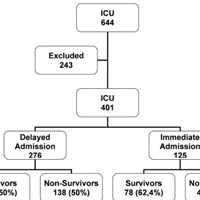
Impact of Delayed Admission to ICUs on Mortality of Critically Ill Patients
When the number of patients who require intensive care is greater than the number of beds available, intensive care unit (ICU) entry flow is obstructed. This phenomenon has been associated with higher mortality rates... read more

Blood Culture Results Before and After Antimicrobial Administration in Patients With Severe Sepsis
Among patients with severe manifestations of sepsis, initiation of empirical antimicrobial therapy significantly reduces the sensitivity of blood cultures drawn shortly after treatment initiation. Of 3,164 participants... read more
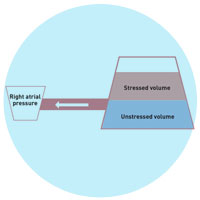
Vasoactive Medication and Randomized Clinical Trials
Vasoactive medication is one of the cornerstones in the treatment of critically ill patients in shock. Shock can be defined as a failure of the circulatory system to provide adequate tissue perfusion resulting in cellular... read more
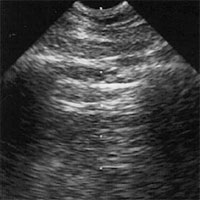
Clinical Assessment of Critically Ill Patients by Whole-body Ultrasonography
Critical care ultrasonography (CCUS) is increasingly advocated and used, and is defined as point-of-care image acquisition, interpretation and clinical application, all performed by the critical care clinician, and directed... read more

Oxygen Treatment in Intensive Care and Emergency Medicine
Hypoxemia should certainly be avoided, but the fact that the liberal administration of oxygen to patients in intensive care units and emergency rooms tends to increase morbidity and mortality implies the advisability of a... read more

Refractory Septic Shock: Our Pragmatic Approach
Despite timely intervention, there exists a small subgroup of patients with septic shock who develop progressive multi-organ failure. Seemingly refractory to conventional therapy, they exhibit a very high mortality. Such... read more








